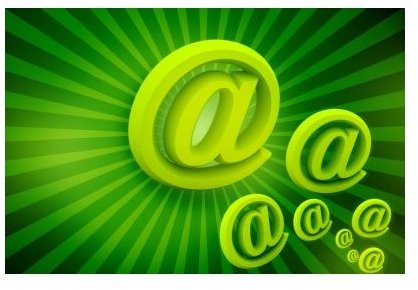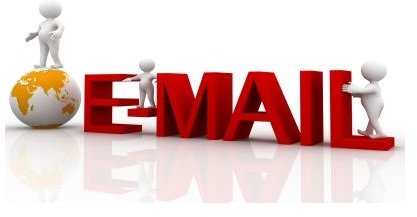What's the Difference between Business Letters and Business Email?
What is the Difference between Business Letters and Business E-mail?
Business letters and e-mail are the two most common types of business communication. There is, however, difference between business letters and business e-mail. From what perspectives do they differ? Application, conservativeness, tone and style, confidentiality, cost, acknowledgment, and environmental impact are the primary features that distinguish the dual modes of correspondence.
Application: In the pre-internet era, business letters were the extensive carriers of business information. Such letters were the standard mode of a company’s internal and external communication. Today, there is a steep decline in the use of letters for business matters, thanks to e-mail as a powerful tool to send and receive messages.
From memos to project discussions to HTML messages, e-mail is a strong conduit to exchange information in the modern world. Business e-mail lets you accomplish the same that you would with business letters. The advent of electronic signature technology makes e-mail the most convenient choice – even from a legal view – for various company-related communications. As laws differ from country-to-country, grey areas remain on whether e-mail contracts are legally binding globally. Such matters are a main exception for the continued use of business letters in the digital world.
Conservativeness: Business letters by default have a rigid outlook. They have to adhere to formalities like letter protocols and styles. You’ve to follow standards, for example, for salutation, address, and the complimentary close. Further, to create a positive company image in the recipient’s mind, you’ve to print business letters on a quality paper and use superior-grade envelopes. E-mail communication is independent of these traits.
Although the above are some of the features that create the difference between business letters and business e-mail, you still have to write the content, in either mode, in a professional way. And, it doesn’t hurt to follow the relevant standards of business letters in business e-mail.
Tone and Style: Business letters follow more or less a formal style and reserved voice. Some exceptions are documents like sales letters. In these, you find content that’s less formal and that uses an interactive tone. What about business communication through e-mail? It typically takes the informal route and uses a less stringent style.
Cost: Business letters cost much money, especially for small enterprises. Here are the cost-components of a business letter: paper, envelope, postage, gum, tape, toner, computer, and printer electricity charges, and the content typing cost. Business e-mail has only the last two elements in the previous list and the modem electricity charges and internet cost. Then, in both types of communication, you’ve got to include the depreciation for the systems.
E-mail is a hands-down winner from the cost angle. You’ll find more depth in the e-mail cost advantage if you bring attachments into the picture. When you send an attachment of several pages with the business letter, your expenses head north. In contrast, e-mail attachments are almost free. The exception is when you attach multimedia files. Such cases dent your budget and the internet time. Still, the charges for e-mail will remain lower than for business letters. Further, these can’t beat the convenience and speed of e-mail.
Confidentiality: Business letters, while in transit, maintain the confidentiality of their content better than business e-mail. In the latter case, the scope for someone to snoop on it is larger. Why? It’s because the message travels to its destination via the internet – the public network. With advancements in e-mail security technology like secure protocols and encryption, however, the potential for the wrong eyes to read a business e-mail is lowest.
Acknowledgement: If you need the proof of receipt of your communication, the business letter route serves you the best. True, today’s many desktop e-mail clients have the Return Receipts feature. If it will deliver an acknowledgement depends on whether your customer uses one of such e-mail software and if he has enabled the feature.

Environmental Impact: When the phrase “global warming” has become a house-hold name, it’s prudent to use business e-mail, as much as possible, to save the earth. The lesser the business letters you use for communication, the lower the number of trees that will go under the axe. Make your business greener with e-mail, e-documents, and digital information.
Images:
